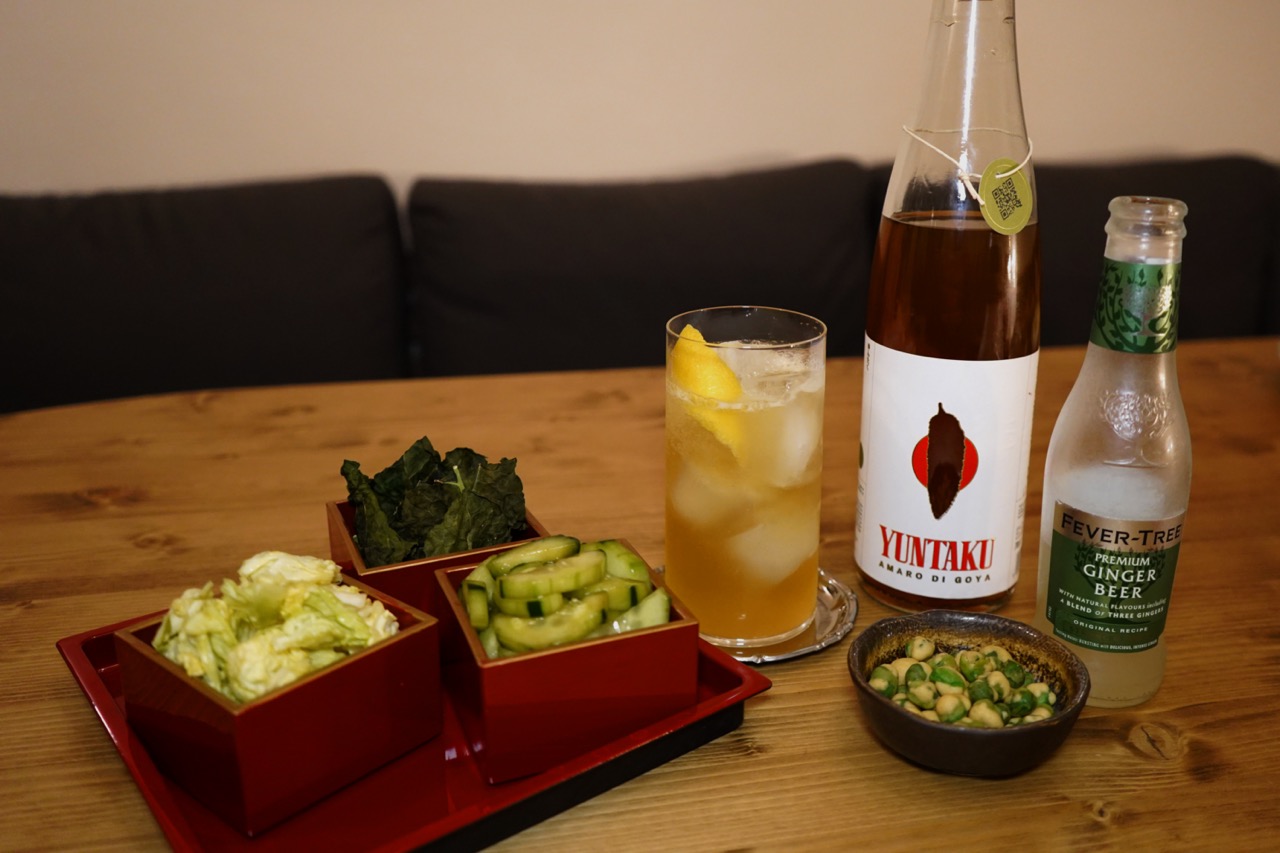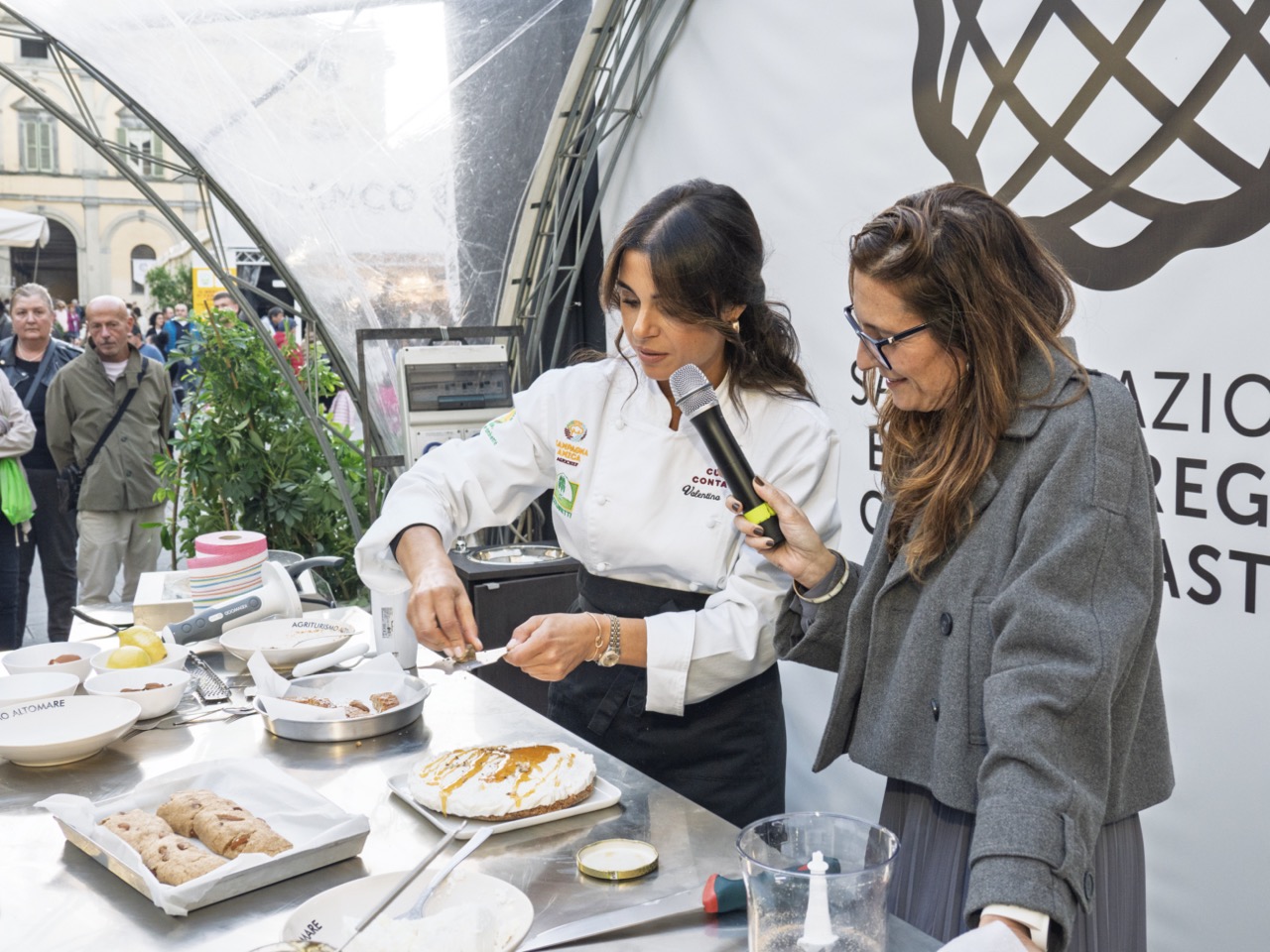Grappa 101
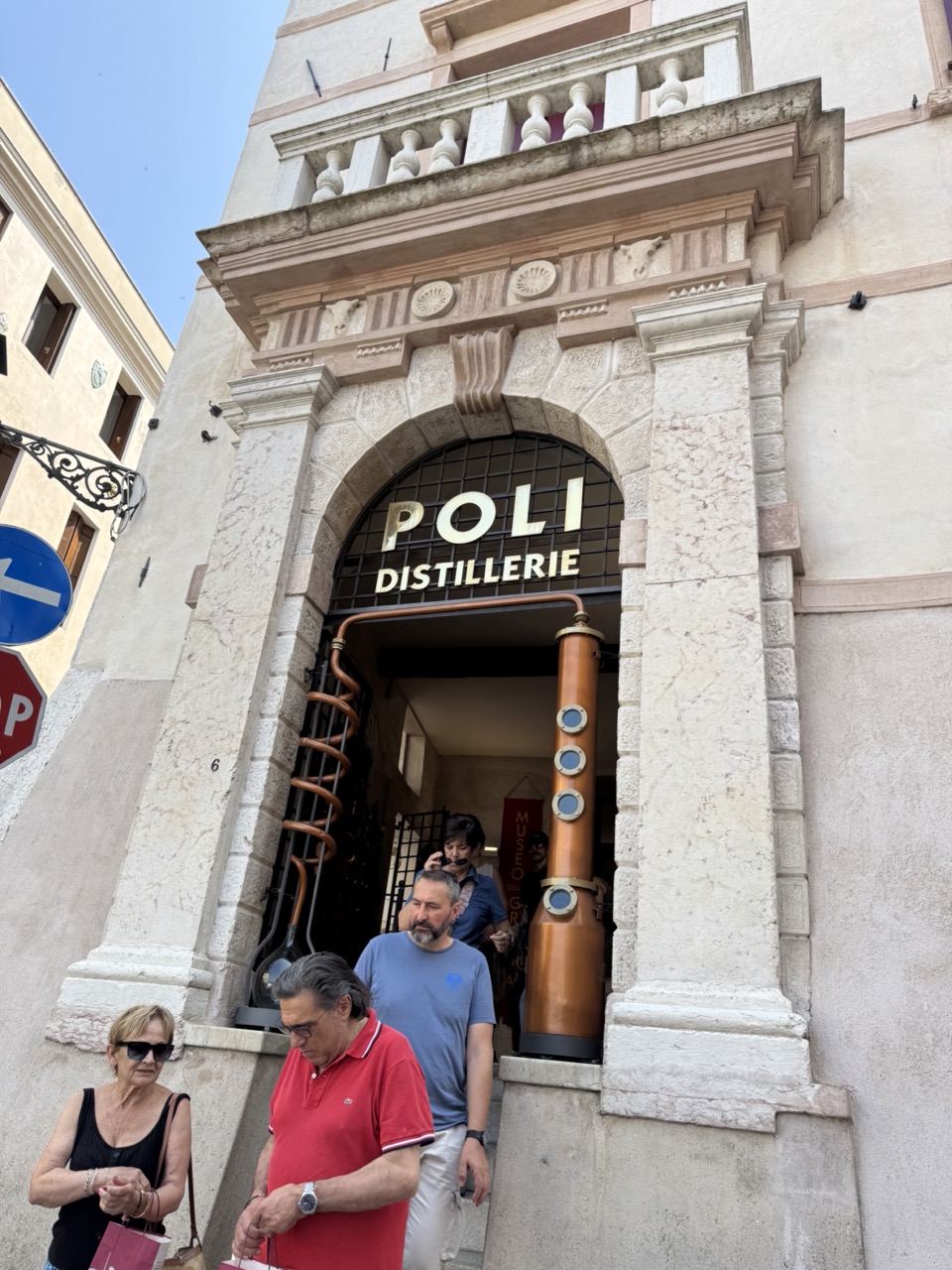
This article was created in collaboration with Poli Distillerie, following a guided tour of their historic facility in Schiavon (Vicenza) and the Grappa Museum in Bassano del Grappa: visit Poli Distillerie.
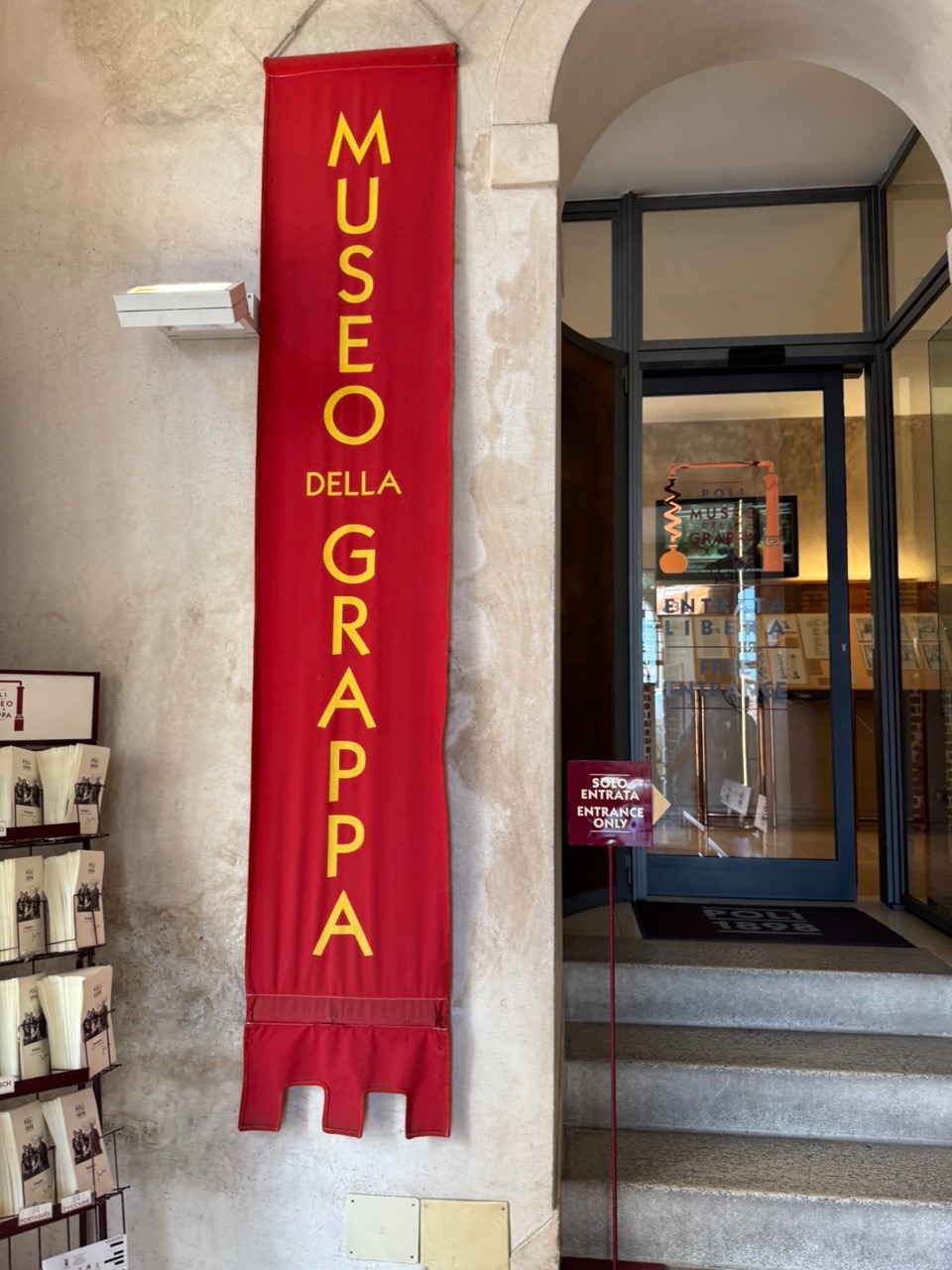
What Is Grappa: Origins, Growth, and the Modern Market
Grappa is a unique spirit on the global stage: it's the only alcoholic beverage made by distilling marc – the skins and leftovers of grapes after winemaking – and the name “Grappa” can only be used for products made in Italy.
It takes around 400 kg of marc to produce about 20 liters of grappa, which in turn comes from approximately 1,600 kg of grapes. Despite these impressive figures, grappa is fundamentally a “recovery” distillate, deeply rooted in rural tradition.
The first records of marc distillation date back to the Middle Ages, particularly in the Alpine regions of Northern Italy. Over time, the production process evolved: once a rough, highly alcoholic drink, grappa has become a refined and diverse spirit capable of expressing the richness of Italian grape varieties.
Today, grappa holds the status of a Protected Geographical Indication (PGI) and can only be produced in Italy. There are nine recognized production subzones: Veneto, Trentino, Alto Adige, Friuli Venezia Giulia, Lombardy, Piedmont (including Barolo), and Sicily (including Marsala).
Grappa is also gaining traction abroad, especially in Germany, Austria, Switzerland, the USA, and Japan. Annual sales of Italian grappa are around €90 million, with over 20 million bottles sold—about a third of which are exported. These figures refer to the overall grappa market and may vary over time.


How It's Made: Fermentation and Distillation
Grappa is made from fermented marc – usually from red grapes that have already undergone fermentation during winemaking – or from fresh marc (usually from white grapes) that is then fermented specifically for distillation.
Once ready, the pomace is distilled: heat is used to separate alcohol and aromatic compounds from the solids, transforming the raw material into a rich and fragrant spirit. Temperature, duration, and the type of still used greatly influence the grappa’s aromatic profile.
After distillation, the spirit may be left to rest in stainless steel, bottled immediately, or aged in wood to develop more complex characteristics.
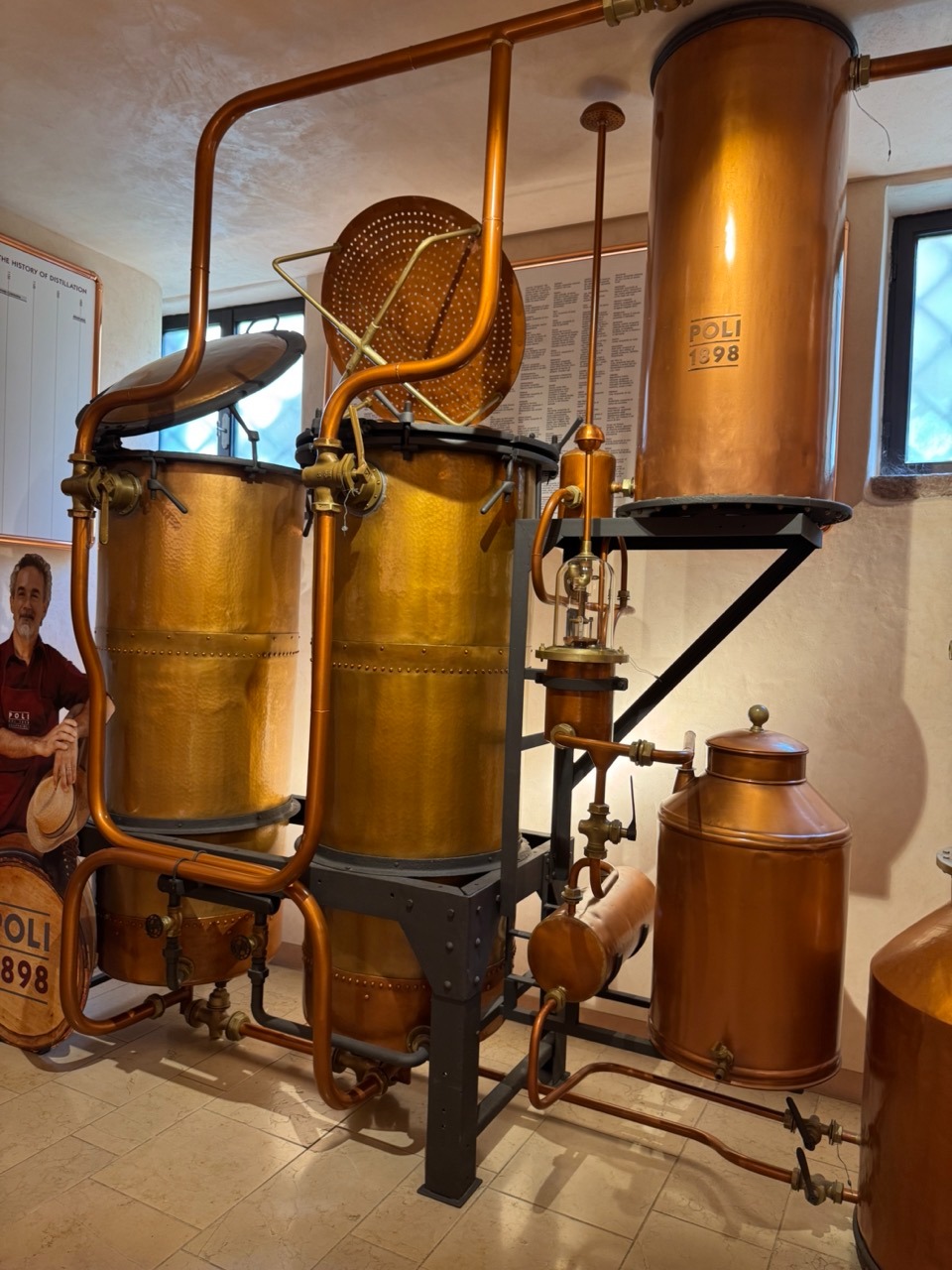
Continuous vs. Batch Distillation: What’s the Difference?
There are two main distillation methods:
・Batch (discontinuous) distillation: typical of artisanal distilleries, this method processes the pomace in individual batches, with manual control over time and temperature. It allows for greater attention to detail and customization, and is often used for high-end grappas.
This video by Poli Distillery clearly illustrates the batch process:
https://www.youtube.com/watch?v=HmdpbqWcXlk
・Continuous distillation: more efficient and suited to industrial-scale production. Pomace is fed into a still that runs uninterrupted. While less flexible, it ensures consistency and yield.
Both methods are valid but result in spirits with different sensory profiles.

Types of Grappa: How to Navigate the Options
Grappa can be classified in various ways:
By raw material:
・Single-varietal grappa: made from one grape variety (e.g., Grappa di Moscato, Barolo, Amarone).
・Multi-varietal grappa: a blend of different grape marc.
By aging:
・Young or “Bianca” (white): unaged, transparent, with a bright and direct aromatic profile.
・Barrel-aged (Barricata): aged for at least 12 months in 225-liter oak barrels.
・Aged (Invecchiata): matured in wood for a minimum of 12 months.
・Reserve or “Stravecchia”: aged for at least 18 months, with deep, warm notes.
By aromatic intensity:
・Aromatic: made from aromatic grape varieties (e.g., Moscato, Malvasia), usually using marc from white wines.
・Semi-aromatic or neutral: from less fragrant grapes, with a drier and more structured taste, usually using marc from red wines.
Grappa was long considered a “poor man’s spirit,” but the emergence of single-varietal grappas has led to a renaissance similar to that of wine. Today’s consumer seeks quality and appreciates craftsmanship and authenticity.
At Poli Distillery, our collaborator on this article, the term “Le Grappe” (plural) is used intentionally, highlighting the remarkable differences that come from using different grape varieties.
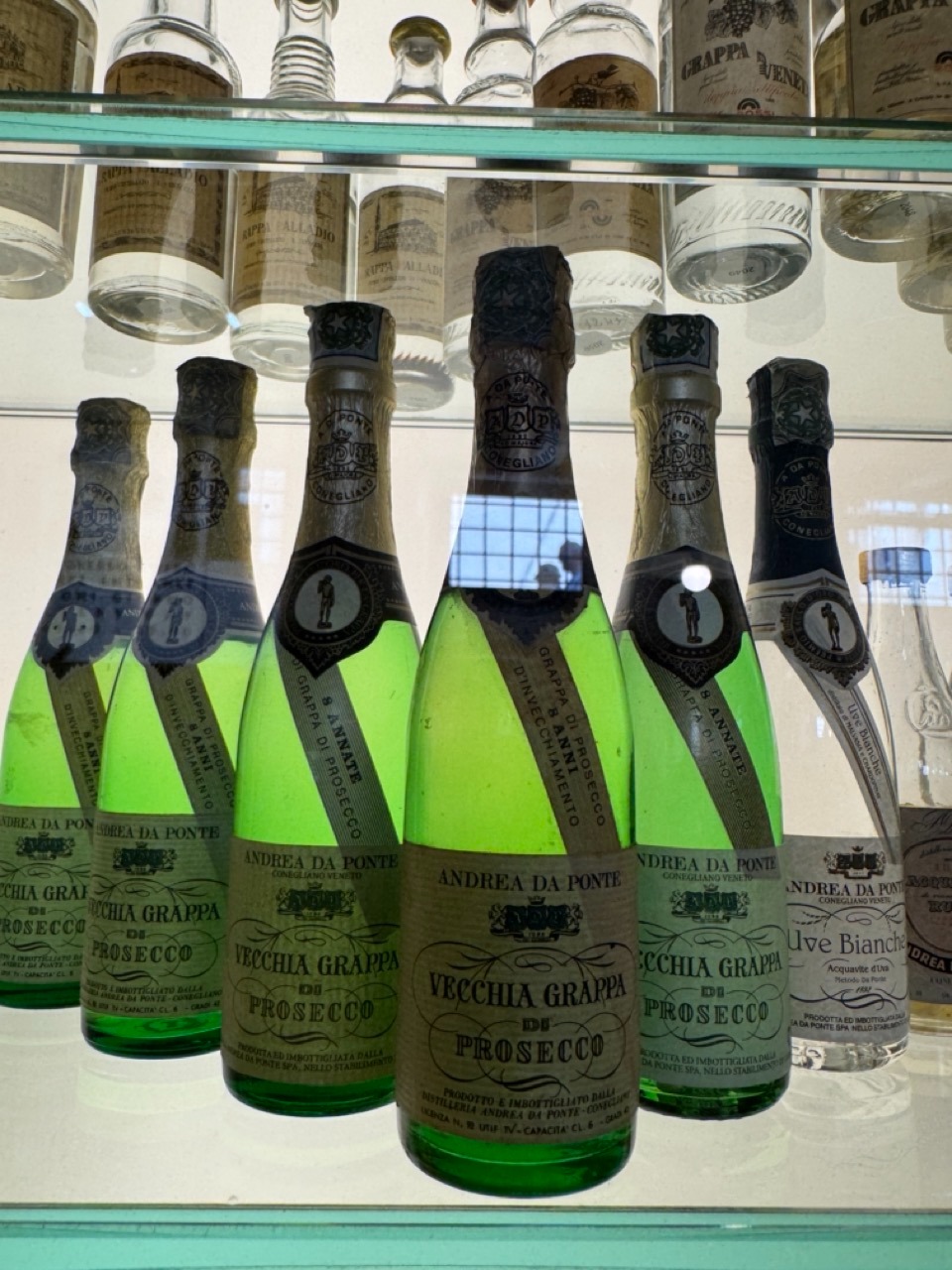

Grappa in the World of Mixology
Grappa is now making its way into the world of cocktails.
In 2020, the cocktail Ve.N.To was added to the official IBA list of cocktails. The history of this cocktail is described in detail by coqtail.
Grappa presents a few challenges in mixology: it's highly alcoholic and has a strong, persistent aromatic profile. Its flavor varies significantly depending on the grape used. But these very traits, when skillfully handled, can lead to surprising and rewarding results.
You can find grappa-based cocktail recipes on Poli Distillery’s educational site:
https://www.grappa.com/en/grappa/affinity/grappa-in-cocktails
Final Thoughts: Simple in Theory, Complex in Practice
Grappa is the distilled essence of Italian culture – not only historically, but also in the way Italy approaches food and drink: with careful selection of ingredients and obsessive attention to detail.
It’s a relatively simple distillate. Just one distillation. No barrel aging required. The pomace from red grapes is often already fermented and ready for alcohol extraction.
But simplicity is deceptive. These apparent shortcuts actually raise the bar. The quality of the raw material becomes paramount, and the precision of the distillation must be exact to achieve excellence.
Grappa is the spaghetti al pomodoro of spirits: easy in theory, but extremely difficult to make perfectly. A slight change in distillation temperature or pomace selection can take you from culinary perfection to a forgettable sip.
How to Drink Grappa
Traditionally, grappa is a meditative after-dinner drink in Italy. It's often paired with a cigar – particularly Italian-style cigars, which differ from Caribbean ones in their preparation.
This traditional approach emphasizes quality over quantity.
If you travel through the Alpine or Pre-Alpine regions, you may come across “grapperie” that serve herb- or fruit-infused grappas, usually made with a white grappa base.
While not traditional, I personally consider a mizuwari (grappa diluted with water) with a high-quality grappa to be a great way to enjoy its complex aromatics. That same aromatic richness also makes it a great candidate for highballs.
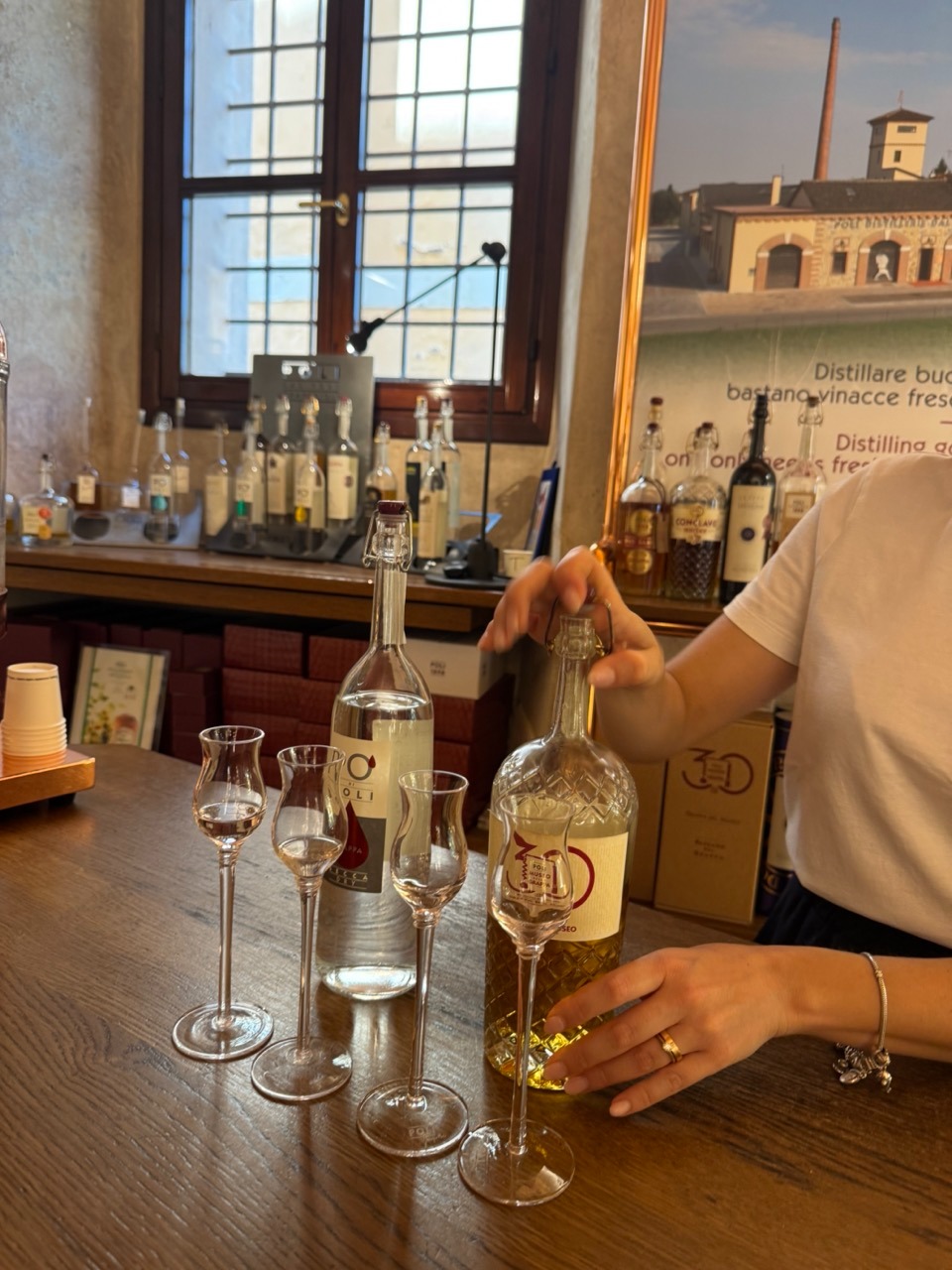
To learn more, visit the educational site managed by Poli Distillery:
👉 https://www.grappa.com/en
Poli Distillery

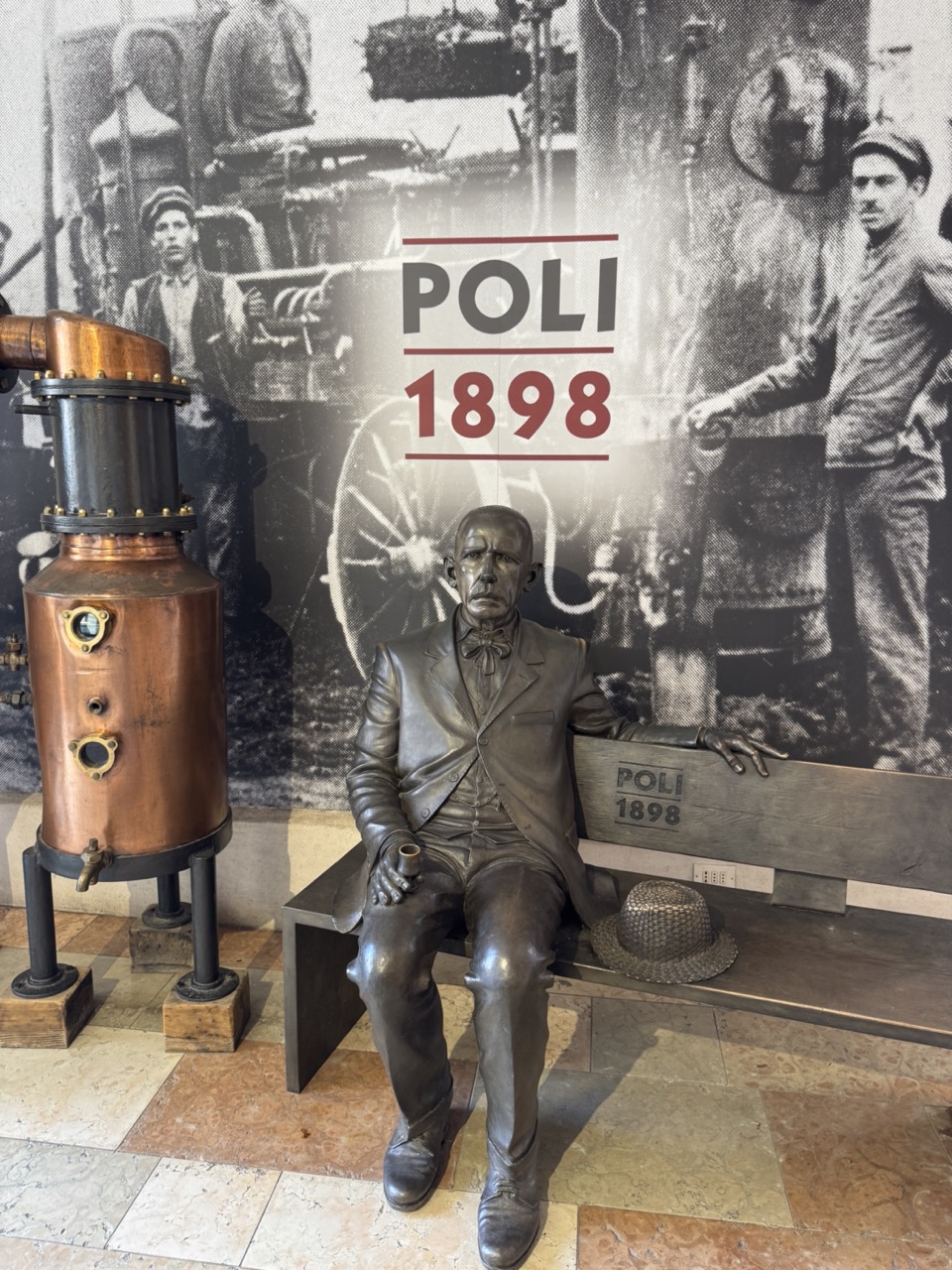

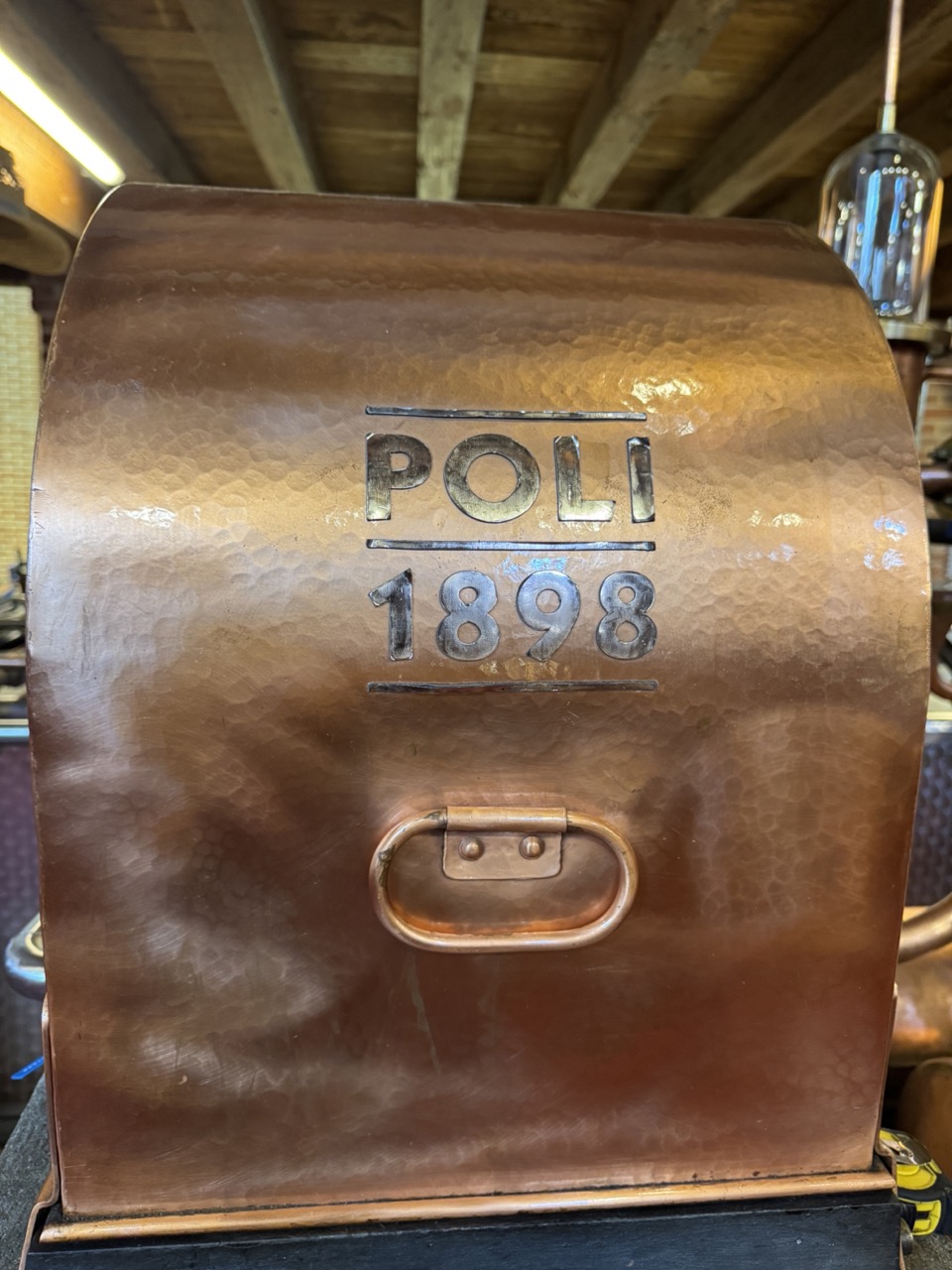




square.jpg)


